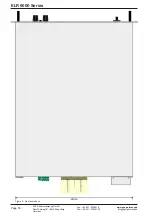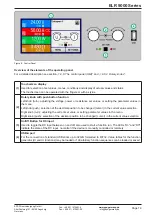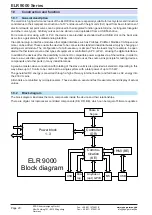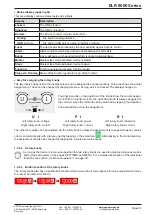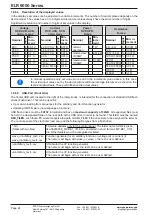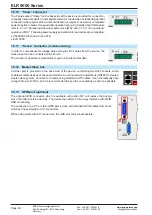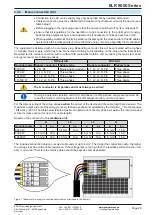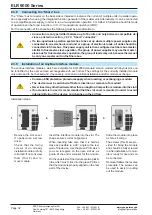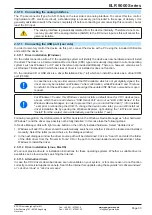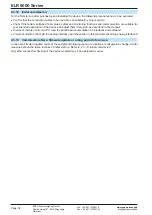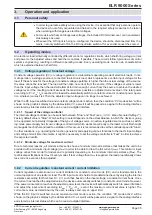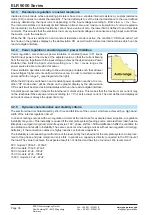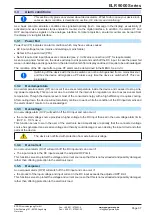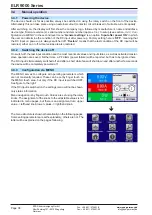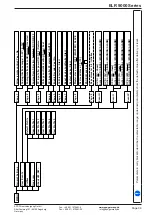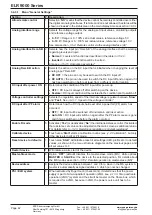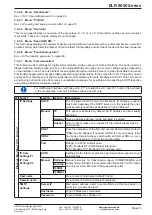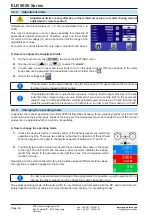
Page 31
EPS Stromversorgung GmbH
Alter Postweg 101 • 86159 Augsburg
Germany
Fon: +49 821 / 570451-0
Fax: +49 821 / 570451-25
ELR 9000 Series
Examples of the type 1 terminal:
•
90 ° up or down
•
space saving in depth
•
no bending radius
•
horizontal lead
•
space saving in height
•
large bending radius
2.3.6 Grounding of the DC input
Individually operated devices can always be grounded from the DC minus pole, i.e. can be directly connected to
PE. The DC plus pole, however, if it is to be grounded, may only be so for input voltages up to 400 V, because the
potential of the minus pole is shifted into negative direction by the value of the input voltage. Also see technical
specification sheets in
, item “Insulation”.
For this reason, for all models which can support an input voltage higher than 400 V grounding of the DC plus
pole is not allowed.
•
Do not ground the DC plus pole on any model with >400 V nominal voltage
•
If grounding one of the input poles ensure that no output pole of the source (e.g. power supply)
is grounded. This could lead to a short-circuit!
2.3.7 Connection of remote sensing
Both pins “NC” on the “Sense” terminal must not be connected!
•
The cross section of the sensing cables is noncritical. Recommendation for cables up to 5 m:
use at least 0.5 mm²
•
Sensing cables should be twisted and laid close to the DC cables to damp oscillation. If neces-
sary, an additional capacitor should be installed at the source to eliminate oscillation
•
Sensing cables must be con to + and - to - at the source, otherwise the sense input
of the electronic load can be damaged. For an example see
below
.
•
In master-slave operation, the remote sensing should be connected to the master unit only
Figure 8 - Example for remote sensing wiring


